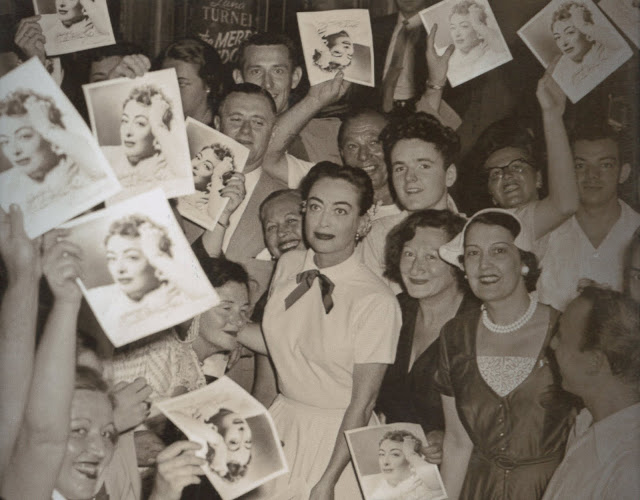Ray and Republic Play Johnny's Guitar --- Part One
Greenbriar's Nicholas Ray week joins with the Ray Blog-A-Thon hosted by Cinema Viewfinder. Part Two of Johnny Guitar will go up here at Greenbriar on Tuesday, followed by Run For Cover on Saturday. Be sure to visit Cinema Viewfinder for many fine entries on the career of Nicholas Ray.
There'd never been such a cracked western as Johnny Guitar when Republic got it out for Spring and summer 1954 dates. Was this another of that company's singing cowboys? One look at Nicholas Ray's finished merchandise disabused notions of Johnny's guitar being like ones Rex Allen lately plucked. Hadn't Republic closed B west accounts earlier that year with Allen's last ride, Phantom Stallion? From here forward theirs would be westerns with money, plus whatever genres could lift them to major studio category ... only it was late, as in too late, for reinventing Republic as a dealer off A-level decks, theirs a brand then and forevermore associated with what filled Saturday schedules.
 |
| Republic Moving On Up to "A's" For a 1954 Releasing Season |
 |
| Is it me, or does Joan Crawford look ready to spit in director Nick Ray's eye? |
 |
| This 1954 Ad Promises a "Panoramic Screen" Experience For JG Patrons |
Trucolor was Republic's patented rainbow affect. Bosley Crowther's Johnny Guitar review said its hues were slightly awful. You could call Republic's the rope cigar of color processes, but the studio wasn't for enriching Technicolor's coffer when their own lab could get out something at least a tenth as good. Trucolor does suit overall weirdness of Johnny Guitar. Nicholas Ray would tell The Independent Film Journal, "I like Trucolor. It has tremendous clarity." That was in February 1954, months ahead of JG's May release, and perhaps an instance of Ray good-sporting for a next job. NR fell out soon enough with Republic over a full producer's credit he'd counted on. They drew a line at "Associate Producer," which Ray called a short-pants credit. Associate is an office boy equivalent, said the director, so rather than submit to it, he'd accept no producer credit at all.
Joan Crawford had a percentage of Sudden Fear and made a pot-full. For Johnny Guitar, she got straight salary at $200,000, reflection of juiced-up value in her name thanks to Fear's success. Despite not being in for a % this time, Crawford tub-thumped, gratis as Variety put it, on Johnny Guitar's behalf. Her swing was through









